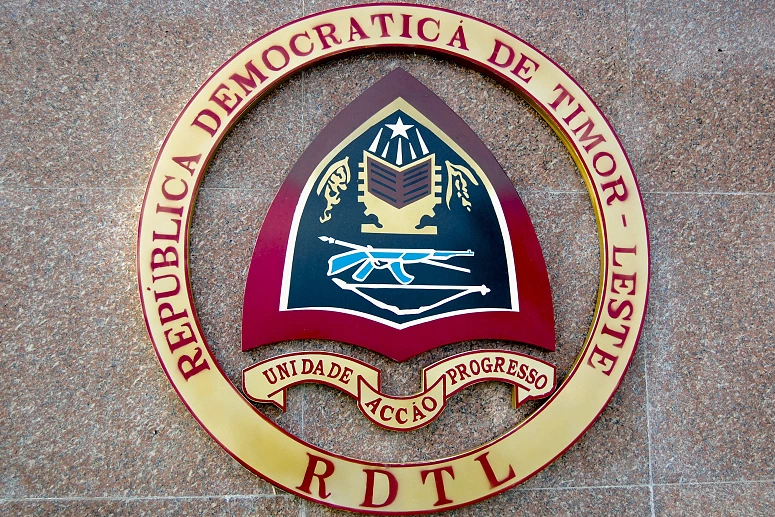East Timor’s non-oil gross domestic product (GDP) grew by 3.9% in 2022, with the economy growing above double digits in the last quarter of the year, according to a technical note from the Ministry of Finance.
In the note of analysis of the macroeconomic situation sent to Lusa, confirming preliminary data advanced at the beginning of the year, the Ministry of Finance notes that the growth of the economy is due, in particular, to the last three quarters of the year, which offset a significant setback between January and March.
“Non-oil GDP in 2022 increased by 3.9%, driven by a substantial investment increase; in addition, the Government implemented public spending on infrastructure and other projects,” the note states.

The Government also continued to “take a series of measures to support the economy, including a stimulus package that includes government transfers to households.”
In partial data, the Ministry of Finance notes that public consumption increased 8%, “driven by rising employment and goods and services spending,” with public investment “increasing 44.2% based on infrastructure and other projects.”
A change, he recalls, that contrasts with the -18.9% decline in public investment in 2021.
Last year, according to the note, “development partners’ expenditures increased by 13.3%, due to increased consumption and investment, especially in projects associated with the Government.”
“Private investment rose 21.1% because it is induced by the execution of the Government’s public spending infrastructure and other projects (‘crowding out’ effect),” the Government notes.
“Private consumption rose by 1.9%, implying a moderate increase in consumption in ‘per capita’ terms, given substantial government support to households, such as cash and in-kind transfers and increased remittances from abroad as private income support,” it emphasizes.
Exports of goods and services decreased by 1%, “given the reduction in coffee production, implying a decrease in the volume of coffee exports,” and imports grew by 19.7%, “driven by a strong increase in imported goods, both consumer and capital goods.”
With information from Lusa

